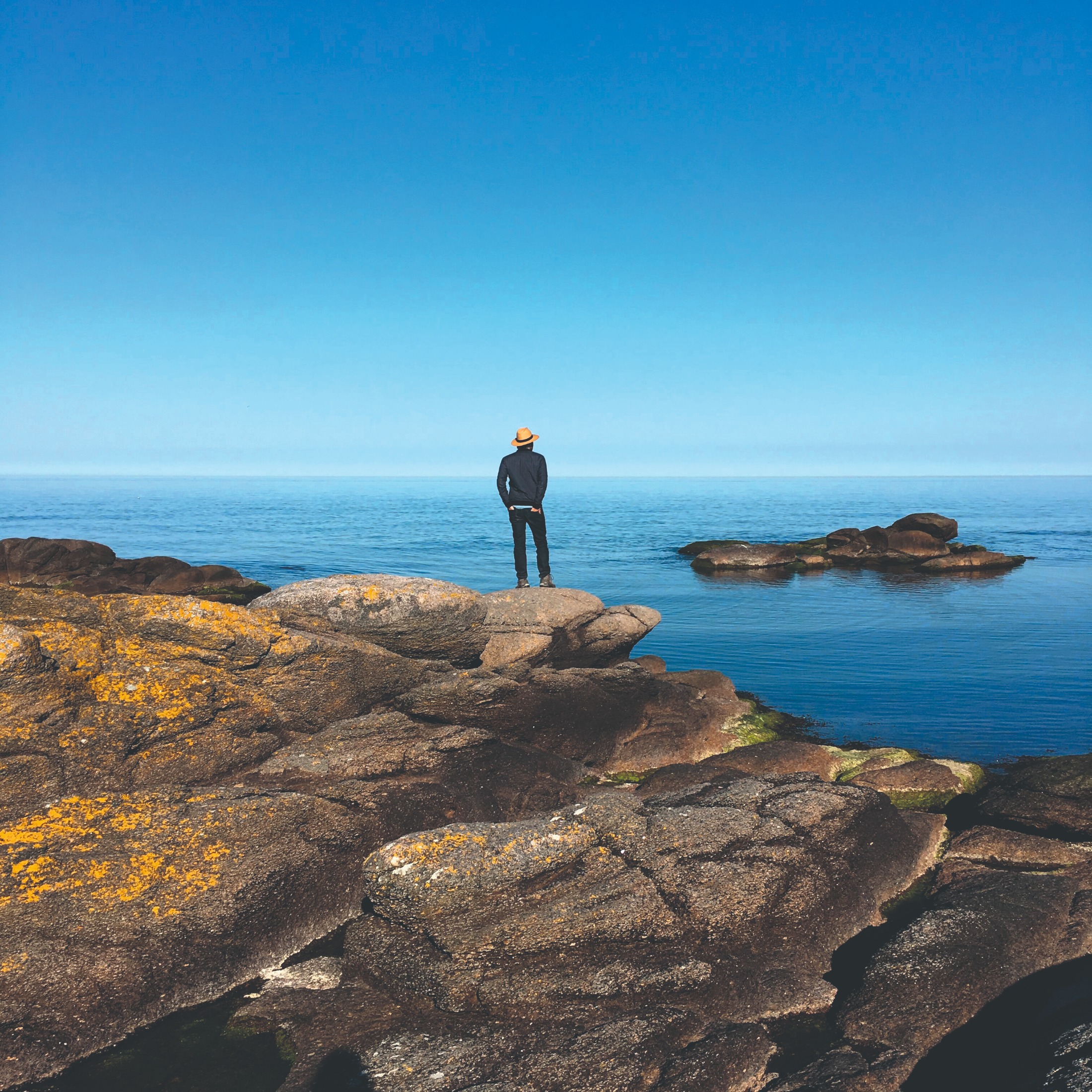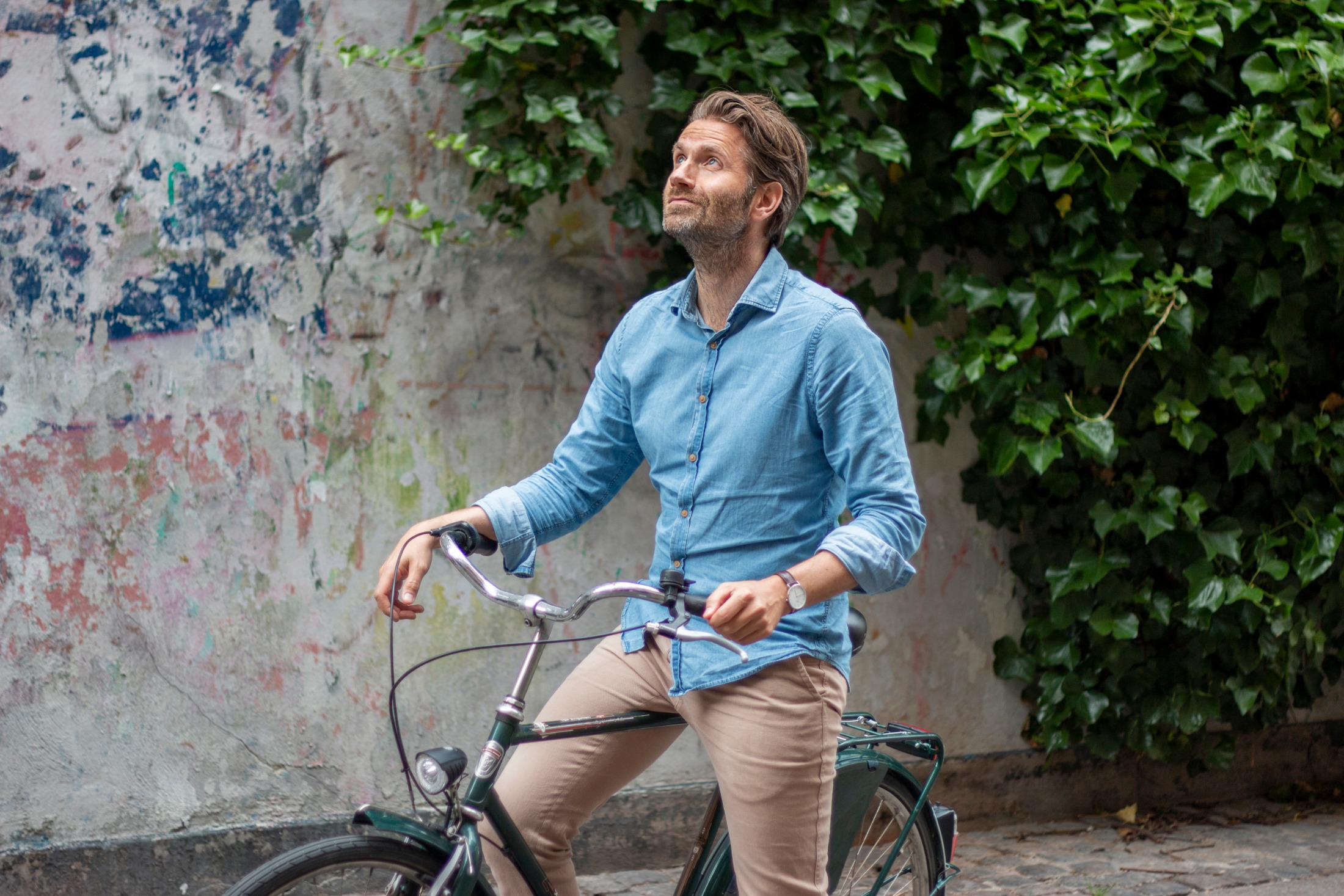When Meik Wiking looks back on some of the happiest moments of his life, he thinks of eating cherries straight from the tree with his girlfriend and watching the moon rise over Bornholm in his native Denmark. Or, he thinks of staying with friends on British Columbia’s Hornby Island last spring, drinking wine and eating crab, the scent of a freshly baked rhubarb tart drifting onto the porch.
His memories are intense, palpable.
Remembering such episodes with all our senses is key to who we are as individuals, he says. “Memory is where we are able to dig out a sense of purpose. It shapes our identity.”
“Memories are also what connects us with other people,” he adds. “Our shared stories are the glue.”
In fact, he says, our ability to create and hold on to happy memories is essential to our happiness and resilience, especially in times of sadness. As CEO of the Copenhagen-based Happiness Research Institute, and now author of The Art of Making Memories, it’s a topic he’s researched quite carefully.

His studies at the Institute suggest that simply thinking of an enjoyable time in the past can make us happier in the present. At the University of Cambridge, research has been conducted to see if teaching people to retrieve good memories can help ease depression.
Some people might argue that we have little say over which memories we remember—let alone remember in multisensory detail—but Wiking disagrees.
“People commonly believe that these sorts of memories are quite random and coincidental,” he says. “In fact, the best thing I got out of writing this book was a sense of empowerment—that there’s actually something I can do to influence what I, and even my friends and family, remember.
“I am a memory architect,” he insists.
His new book is a combination of data from the Institute’s research, anecdotes, photos, and interviews. It’s all written in the same optimistic, witty voice as his previous bestsellers, The Little Book of Lykke (Danish for happiness) and The Little Book of Hygge (warm, happy coziness). It’s also a guidebook on how to turn ourselves into memory architects, too.

Photo courtesy of Meik Wiking.
Wiking’s techniques include journaling and the loci technique, where we’re encouraged to associate memories with familiar locations so we can bring them to mind more easily. “With young children, ask them to draw a happy treasure map of your neighbourhood, illustrated with the things and places connected to their best memories,” he suggests.
One of his favourite techniques is to create a new meal to commemorate special moments. His experience in Bornholm with his girlfriend is now immortalised, for example, in a dish of poached egg on smoked shrimp on toast that helps them both remember the moon rising. Every time they cook and eat it together, they return to that time and place, he says.
“Ultimately being happy and making memories comes from being present and intentional, and making real connections.”
What about embarrassing, shameful or painful memories? “We need to acknowledge our bad memories and understand that those are also part of our identities,” he acknowledges. “I have unhappy memories because of my mother’s death, but they are also part of who I am, and part of the reason I have made some of the choices I’ve made, and I’m happy with those choices. So, I think we should embrace that.”
The loss of Wiking’s mother when he was just 20 gave him a new appreciation for memories. “I felt that loss of not only her but also, that she was the main storyteller of the family,” he says. “We lost a lot of shared memories or memories that I didn’t ‘download’ from her.”
“I have become more aware of the importance of making sure that generational transfer is happening,” he adds. “And I also see how little actually remains unless it’s stored.”
He remembers walking through his father’s old haunts, as his father retraced his footsteps and remembered stories from his youth. Not only did their walk see more tangible memories transferred but it created new, shared memories for them both.
“That’s a wider cultural message to share the memories of society’s past to give us a wider understanding of where we come from and who we are.”
The Art of Making Memories: How to Create and Remember Happy Moments is available at bookstores now, published by Penguin Random House.









